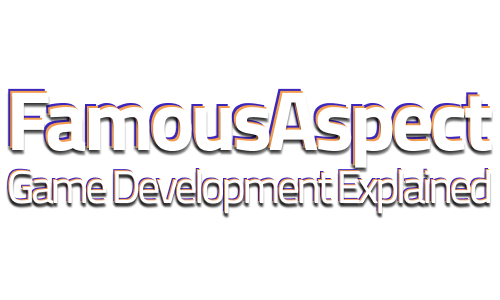Before I left to work on Enhanced Wars, I was a producer and manager at BioWare’s San Francisco office. The majority of my time at BioWare was spent as a producer leading the Dragon Age Legends game team. During my most crunched state I had a team of 25, 19 of whom I managed directly. Hiring truly takes a team to do right (and I was lucky to have a strong team at EA between the fantastic HR department and my colleagues at BioWare) but one of my primary responsibilities during that time was to serve as hiring manager for a number of positions across game design, art and engineering.
Since I left BioWare, I have turned to community participation on Reddit and forums to fill the hole in my life where co-workers used to be. Since my two partners in crime on Enhanced Wars are in different time zones I don’t have a lot of water cooler conversation. So, I hang out on threads trying to add value by lending my advice to current and prospective game developers.
I find myself repeating a few pieces of advice over and over again about how to break into the industry as a game designer. I thought it would be valuable to take my perspective as a hiring manager and turn it into a series of articles about how to position yourself best to land that first gig.
A big caveat – I am just one hiring manager with one perspective. Each company you are trying to work for and person you are trying to impress is different. These tactics would definitely work if you were trying to land a job on my team. Personal mileage may vary.
Step 1 – find your mountain
In 2012 one of my favorite authors, Niel Gaiman, gave a commencement speech at The University of Arts in Philadelphia. It was filled with incredible advice for guiding your creative career. The first step in any game designers journey can taken directly from that speech:
“Something that worked for me was imagining that where I wanted to be … was a mountain. A distant mountain. My goal.
And I knew that as long as I kept walking towards the mountain I would be all right. And when I truly was not sure what to do, I could stop, and think about whether it was taking me towards or away from the mountain.”
This is important because game design is a broad profession. In any given day I might write a design document. I might wireframe some UI or spec out a UX flow. I might tweak tuning values in a spreadsheet all day long or lay out levels. I might do narrative work or write copy for menu screens. I might spend all day fixing bugs in scripting files. I might plan out a monetization strategy.
This list doesn’t come close to defining all that goes into the bucket of game design. Even more important than tasks is genre and platform of game you want to work on. For instance, if Enhanced Wars folded and I wanted to get a full time job, I would feel confident applying for monetization design jobs on mobile games tomorrow. But if I decided it was time to build 3D levels for AAA games on the PS4 and Xbone, I would need to spend a minimum of 6 months preparing before I could apply for that job from a space of confidence.
Your mountain will change many times over the course of your career. New opportunities will arise, new platforms will take shape and new genres will be invented. But it is important to pick an early goal. Because applying for a level design job on Tom Clancy’s The Division is fundamentally different from applying for a UX design job on Battlefield 4 is fundamentally different from applying as a generalist designer with a small mobile startup company.
Do your research and figure out what sort of job you will want to pursue as a designer. My best advice – look at job postings on Gamasutra and the websites of companies you admire. Read about the actual requirements, roles and responsibilities for real design jobs. Invariably you will find yourself saying “that sounds like a lot of fun” or “I would hate to do that every day for the next 3 years.”
And a word of advice, don’t set your mountain as Creative Director. Not at first. I know it is everyone’s dream to be The Guy or The Gal leading a game’s creative vision. But if you find that the only jobs that appeal to you are those with a fancy title and 10+ years of experience required, you are in for a rude awakening. If the years of backbreaking work it will take to climb the mountain are not inherently rewarding, you will never never make it to the top.
Once you have found your mountain, you will be ready to start building your design portfolio, which I will cover in the next article in this series.
THE FULL SERIES
Find your mountain
Build your portfolio
Learn to sell yourself
Write your resume
Prepare to interview
